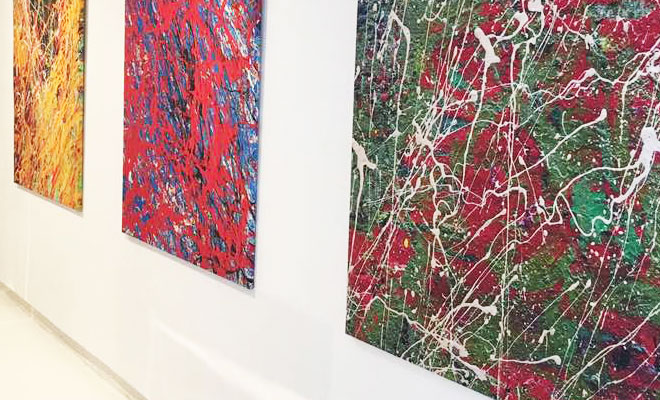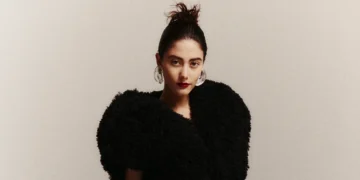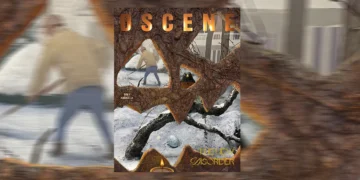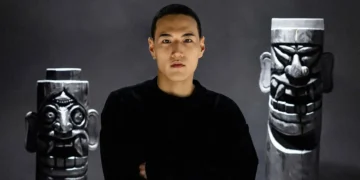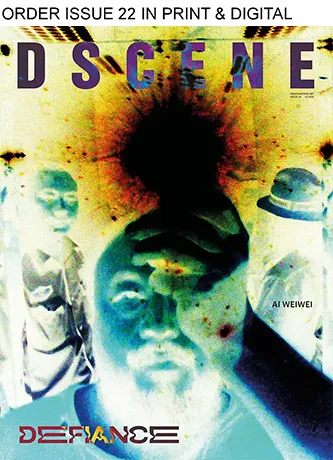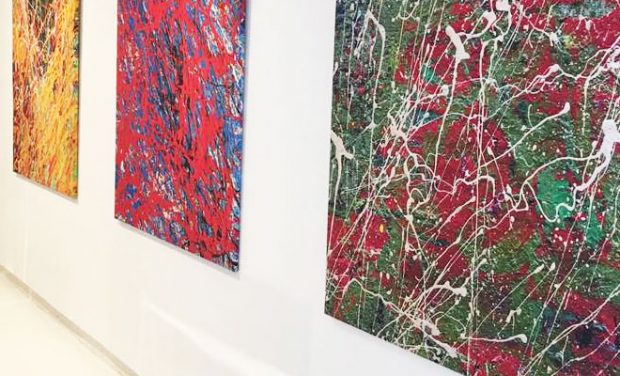
SONG DONG is a contemporary artist who captured the art scene with his honest and eye-opening view of our every day surroundings. Song Dong’s work masterfully travels between sculpture and painting , west and east. For the latest issue of DESIGN SCENE the artist sits down for an exclusive interview with our Editor KATARINA DJORIC to talk beginnings, inspiration as well as the work in progress.
Scroll down for our exclusive interview with Song Dong.
When and how did you decide to become an artist?
I think your question refers to the origin of the latest series of my work. In fact, I’ve already started learning to paint when I was 4 years old, and entered fine art school at the age of 16. But after my graduation and working for a while, I decided to return to college and study architecture and urbanizing design. I also received a master degree at the Business Management department of Qinghua University. My work is always relevant to art, I’ve been working in the field of architecture for 25 years, which includes interior design and construction. About 6 years ago, I fell in love with photography, but I came to realize that photography is insufficient of expressing my inner and spiritual world. So I decided to use painting brush to express myself in front of a friend’s photography work which was inspired by the lotus flower. I feel the freedom of painting. All the works in my new series are the fruit of my five year’s working and creation.
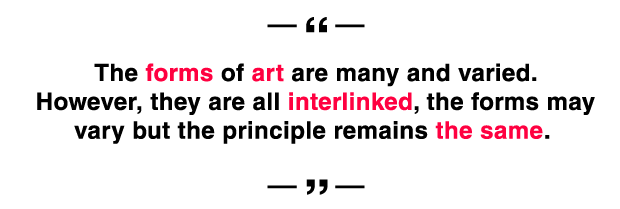
Tell me about your childhood. How did growing up in West Beijing shape you as an artist ?
My childhood was full of happiness, I was a very shy and timid child at that time. I remember I observed quietly all the people and things surrounding me, enjoyed the visit of relatives who live in the countryside. I liked people there and the mountain streams, I liked the work on the farm around cattle. I already knew a lot of words by the age of 4 and started reading books from the library of my parents while my grandmother told me stories from the Bible, I slept soundly and happily every night.
So, did your parents notice your talent?
Yes during this period, my father discovered my talent for painting. So I was trained systematically in the basic skills of painting, from sketch, imitation to drawing nature. I remembered that I drew a portrait of the Chairman Mao Zedong when I was 6 years’ old which made me a legendary little painter among relatives and neighbors. The senior madam living in the neighborhood even asked me to do a portrait for her, I earned my very first fortune in my life – 5 yuan! Which made me realize the joy of using art to serve the people.
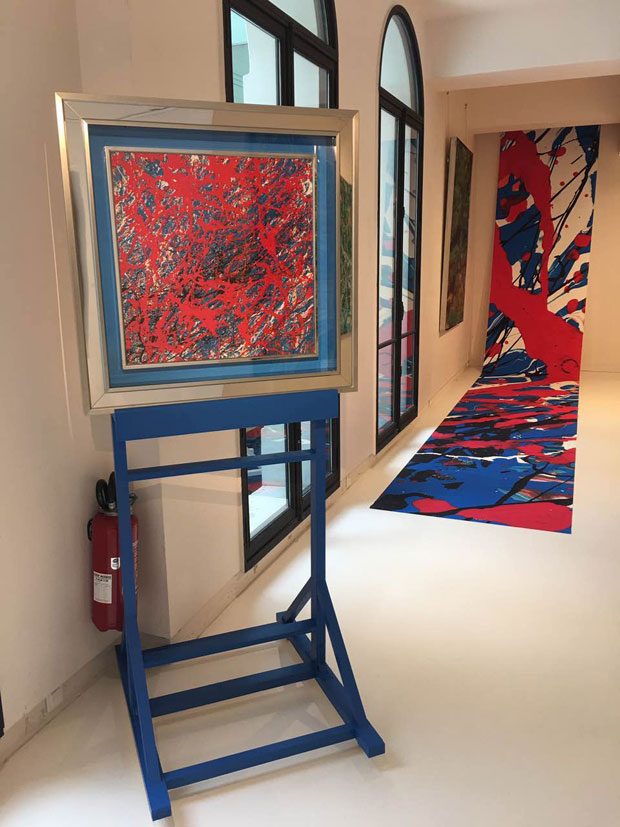
You work in various fields of art, such as sculpture, installations, performance, photography and video. How do you decide which medium to use?
The forms of art are many and varied. However, they are all interlinked, the forms may vary but the principle remains the same. Different forms could motivate my creation. Paintings are no longer sufficient for me to express my own view of the world.
Your work always has some autobiographical elements. How important do you think it is for an artist to expose himself?
Self-expression definitely is. Our feelings are created by the sense of hearing, vision, touch and smell. It is important for an artist to expresses himself, but it is far more important to show it’s own sensation and perception of this world. Besides that, it is also essential to know that if the work could touch the heartstrings of the visitors clearly and accurately.
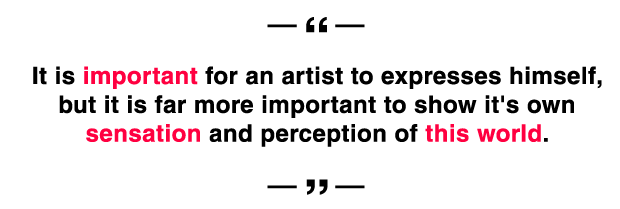
You usually use your relationship with your family and your experience of living in modern China as a theme of your work. What else inspires you?
Nowadays, people would rather be dreaming for quixotic goals than value the elements surrounding us, however the truth is there are so many materials given by God that are waiting for the artists to discover them, to use as creative inspiration.
So, what else inspires you?
Our family, friends from France, the great wall, the Eiffel Tower, the Yellow River and Yangtzi river in China, the Seine river, the Alps and all the flowers and trees, birds and beasts…. all these are the source of my creation. The inspiration comes from the perception and recognition of life, not just some simple, irrational and uncontrollable ideas. Both Chinese and French public like my art, I would be the happiest if I could let art derivatives enter into everyone’s life and these products could be appreciated by people from all over the world.
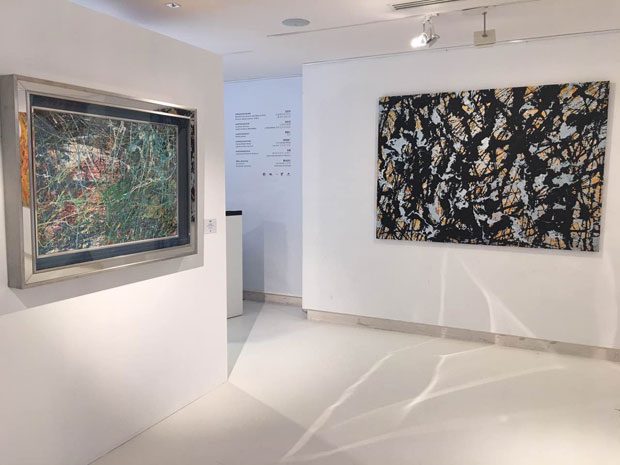
You said in one interview: “Everything I’m interested in are things that are nothing” Can you explain your idea of nothingness to our readers?
The “Heart Sutra” of the Buddhism says that: “Everything visible is empty, the immaterial is the material.” Meaning that, the world is changing, change is the essence of the world, empty, refers to change, not fixed, no stop. We learn art from the old masters, but when in the case of self-expressing, we need to forget all the masters, to empty all the fetters of knowledge. Because there is such a phenomenon in reality: everyone keeps their eyes open, but not everyone is looking at the world, many people barely really look with their own eyes. They only listen to others, so the world they see is actually the world in other’s words. This phenomenon is more obvious in the art world.
How do you see the primary role of an artist in today’s society?
The artist should be the discoverer, communicator and leader of the truth, goodness and beauty. These three are not isolated from each other, they are unified and indivisible. Because when a beautiful thing could look like beautiful and generous from both inside and outside, and can provide the sense of harmony and bring us joy and pleasure, then it is of beauty and goodness. And the combination of inner beauty and external beauty and the harmonious and balance between the internal and external, is the so-called truth.
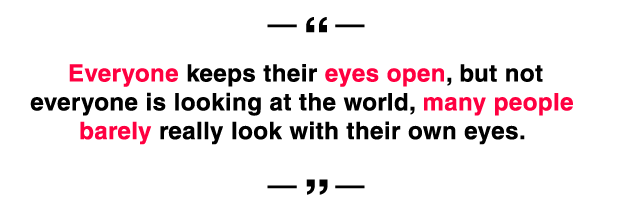
Tell me about your ongoing exhibition “Odi” in Paris.
The concept Odi [Omi-directional Integrative] is inspired by a project linked to the environment that transforms the desert into Oasis. When I followed the scientific research group to the desert, the moment that I saw green plants grow out of the dessert, I felt the power of life which inspired me of this series of painting. Odi combines Chinese Buddhist philosophy and Chinese traditional culture, all living beings can be born on a limited canvas, but it can be extended. Odi is born to deliver happiness, let beautiful art enter everyone’s daily life.
The reason why I choose Paris to hold the Odi exhibition, was to hopefully inspire opportunities and development of cultural exchanges between China and France.
When it comes to you art, you mostly work with large formats. Do you have assistants in your atelier or do you manage it all by yourself?
My painting is like my child. The process of painting is like being in love with someone. So would you let others to help you with all the romance talks, hugs and kisses? Of course not. But assistants could help with works that has nothing to do with the picture. You can see their work as the work of midwife and doctor, to help bringing the baby, artworks, to the world.
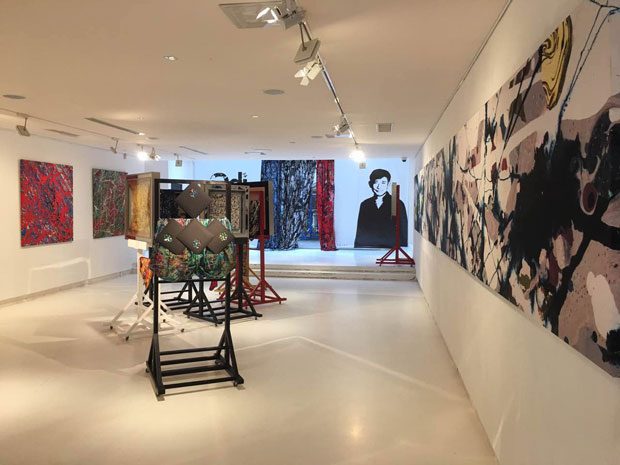
Did the international recognition of your work in any way change your every-day routine?
I’m pleased that my works could be recognized internationally. The joy can motivate my creative enthusiasm which indicates that a number of more popular works , my children, is about to come out and will be presented to the public. More ¨ children ¨ means more ¨weddings¨, which is expected and delightful. For me, the purpose of paintings is to deliver happiness.
What are you working on right now, is there a project you are currently obsessed with?
As I mentioned earlier, I see my work as my child. When the children come of age of marriage, their parents are pleased but worried at the same time. Now it’s like I’m preparing the wedding for my child, I wish he or she could live a happy life, creating a bright future and bring as much happiness as possible to her future family.
Originally published in Design Scene Issue 015, get it now in print or digital.
